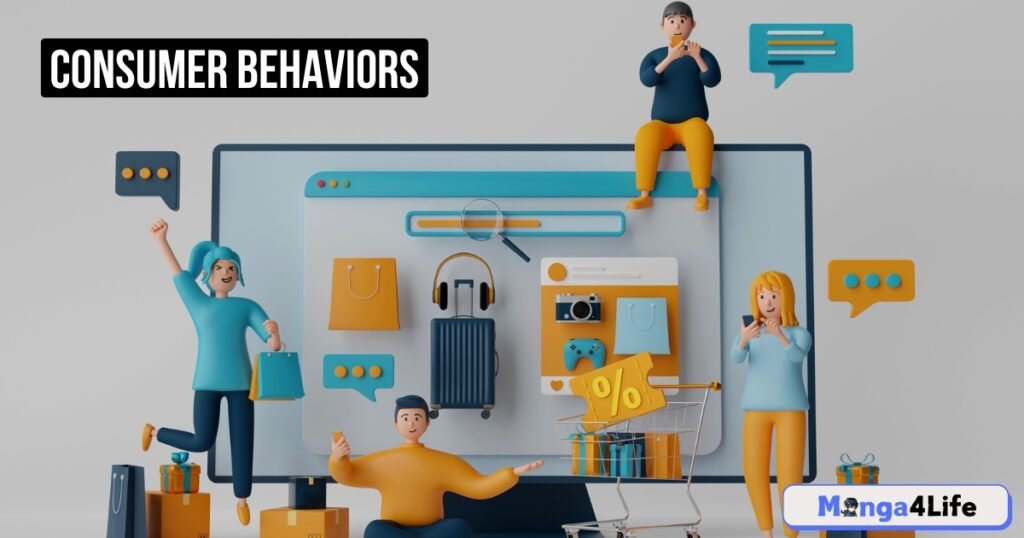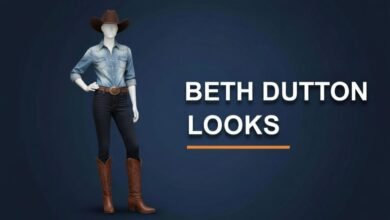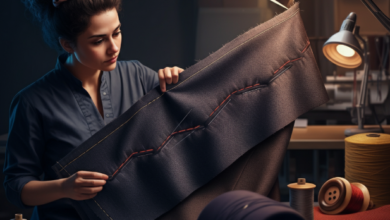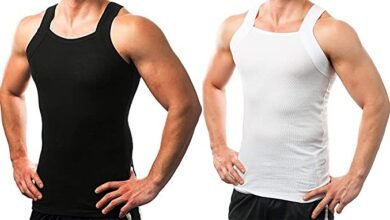Rising Demand of a Fashion App: Future of Trendy Shopping

The fashion industry is a dynamic and fast-changing global market. It generates billions in revenue and constantly evolves to meet consumer demands. People want trendy, affordable, and easily accessible fashion. Online shopping has revolutionized how people buy clothes and accessories.
Fashion apps are now an essential part of this transformation. These apps make shopping easier, faster, and more personalized for users. Customers can browse endless styles, compare prices, and shop anytime. The rise of smartphones has boosted the demand for mobile-friendly fashion solutions.
Fashion apps also allow brands to connect with younger, tech-savvy audiences. They use features like virtual try-ons and personalized recommendations to enhance user experiences. These innovations have transformed traditional retail into an engaging, digital-first approach.
What is the demand of a fashion app and industry?
The demand for fashion apps and the industry is skyrocketing worldwide. Rising incomes and affordable fashion have increased the desire for trendy clothing. People want to wear the latest styles that match current trends.
E-commerce platforms have made shopping easier and more accessible for everyone. Shoppers can now browse and buy clothes online from their phones. This convenience has encouraged more people to use fashion apps regularly.
Social media platforms like Instagram and Facebook play a huge role in fashion trends. People follow celebrities, influencers, and brands to discover new styles. These platforms also inspire users to try sustainable and ethical fashion options.
As people value convenience and availability, fashion apps fulfill these needs effectively. This has made them essential for modern shoppers and boosted their global demand.
Factors Driving the Demand for Fashion Apps
Technological Advancements
Fashion apps use advanced technologies to enhance shopping experiences and attract users. Augmented reality (AR) lets users try on clothes virtually before buying. This feature helps customers choose the right size and style without visiting a store. Artificial intelligence (AI) provides personalized recommendations based on user preferences and shopping history. These technologies make shopping more engaging and tailored to individual needs.
Changing Consumer Behaviors

Consumers are shifting from traditional shopping to online and mobile platforms. Fashion apps offer convenience, allowing people to shop anytime and anywhere. Social media platforms like Instagram and TikTok influence fashion trends and buying decisions.
Influencers and celebrities showcase products that inspire followers to shop through apps. This connection between social media and fashion apps drives user engagement and purchases.
Market Expansion
Emerging markets are experiencing rapid growth in smartphone usage and internet access. This expansion increases the demand for fashion apps in these regions. Many users now prefer apps that promote sustainable and second-hand fashion options.
These platforms allow people to buy eco-friendly products while saving money. Market growth and changing preferences are creating new opportunities for fashion app developers.
Fashion apps are becoming popular due to technology, changing habits, and expanding markets.
Key Features of Successful Fashion Apps
User-Friendly Interface
Successful fashion apps prioritize a simple and intuitive interface for users. Easy navigation helps shoppers find products quickly without confusion. Fast loading times ensure a smooth and enjoyable shopping experience. Responsive designs adapt to different devices, providing a seamless experience across screens.
Personalized Experience
Personalization is key to keeping users engaged and satisfied. Fashion apps offer customized product recommendations based on user preferences and shopping history. Many apps also include virtual wardrobes and personal stylist features for added convenience. These features make users feel valued and create a more engaging experience.
Social Integration
Social features enhance user interaction and boost engagement within fashion apps. Sharing options allow users to showcase their favorite products on social media platforms. In-app communities encourage discussions and user-generated content, creating a sense of connection. These features help apps leverage the power of social influence and trends.
Secure Payment Systems
Secure payment systems are essential for building trust with users. Fashion apps offer multiple payment options, catering to different customer needs. Robust security measures protect user information and prevent fraudulent activities. Easy checkout processes make purchases quick and hassle-free for shoppers.
These features ensure fashion apps are user-friendly, engaging, and reliable, driving their success.
Case Studies of Leading Fashion Apps
ASOS
ASOS stands out for its user-friendly app with modern features and engaging design. The app provides personalized recommendations and quick access to thousands of trendy products. Its user engagement strategies include exclusive discounts, fast shipping options, and seamless returns. ASOS has effectively used its app to boost sales and increase customer loyalty. The app’s convenience and features have built strong connections with global shoppers.
SHEIN
SHEIN has grown rapidly by focusing on app-based retailing and affordable fashion. The app uses data analytics to manage inventory and predict emerging fashion trends. SHEIN updates its collection frequently to keep up with fast-changing styles and demands.
Customers are drawn to its wide selection, low prices, and personalized shopping experience. SHEIN’s success highlights the power of efficient data-driven operations in app-based retail.
Vinted
Vinted has succeeded by focusing on the growing second-hand fashion market. The app lets users buy, sell, and exchange pre-loved fashion items easily. Vinted builds a sense of community by encouraging interaction between its users. Its focus on sustainability attracts eco-conscious shoppers who value reducing waste. Vinted has become a leader in second-hand fashion through its strong community and green initiatives.
These apps showcase different strategies for success in the competitive fashion app market.
Challenges in Developing Fashion Apps

Market Saturation
The fashion app market is crowded with many competitors offering similar services. Standing out requires unique features that set an app apart. Developers must create a strong value proposition to attract and retain customers. This could involve offering exclusive products, superior user experience, or personalized recommendations.
Technical Hurdles
Ensuring app stability across various devices and operating systems is a significant challenge. Developers must optimize apps for smooth performance on smartphones, tablets, and different OS versions.
Integrating advanced technologies like augmented reality (AR) and artificial intelligence (AI) adds complexity. These technologies must function seamlessly to enhance the user experience without causing technical issues.
User Retention
Keeping users engaged is crucial for long-term success. Developers must create strategies to maintain interest over time, such as regular updates, rewards, and personalization. Listening to user feedback and continuously improving the app can help retain users. A responsive and adaptive approach ensures users feel valued and satisfied with the app.
Fashion app developers must navigate these challenges to succeed in a competitive and fast-paced market.
Future Trends in Fashion App Development
Enhanced Virtual Experiences
Advancements in augmented reality (AR) will offer more realistic try-ons for users. Apps enable shoppers to visualize clothes in 3D, improving their buying decisions. Virtual fashion shows and events within apps will let users experience the latest trends remotely. These innovations will make fashion shopping more immersive and engaging.
Sustainability and Ethical Fashion
Sustainability will be a key focus in future fashion app development. Apps will feature eco-friendly brands and products, helping users make conscious choices. Transparency in sourcing and manufacturing processes will build trust with customers.
These features will appeal to environmentally aware shoppers who prioritize ethical fashion.
Integration of Blockchain
Blockchain technology will ensure the authenticity of fashion products, combating counterfeit goods. It will provide a secure, transparent way to trace the origin of clothing items. Blockchain will also streamline supply chain management, improving efficiency and reducing fraud. This will enhance the overall shopping experience and trustworthiness of fashion apps.
These trends will shape the future of fashion apps, making them more advanced and user-centered.
Conclusion
Fashion apps play a crucial role in the evolving retail landscape. They offer convenience, personalization, and unique shopping experiences. As the fashion industry shifts toward digital platforms, apps are essential for success.
Businesses must adapt to these trends to stay competitive in a fast-changing market. Embracing new technologies and customer-focused features will help companies grow and retain loyal customers. The future of fashion retail depends on staying ahead of digital trends.




